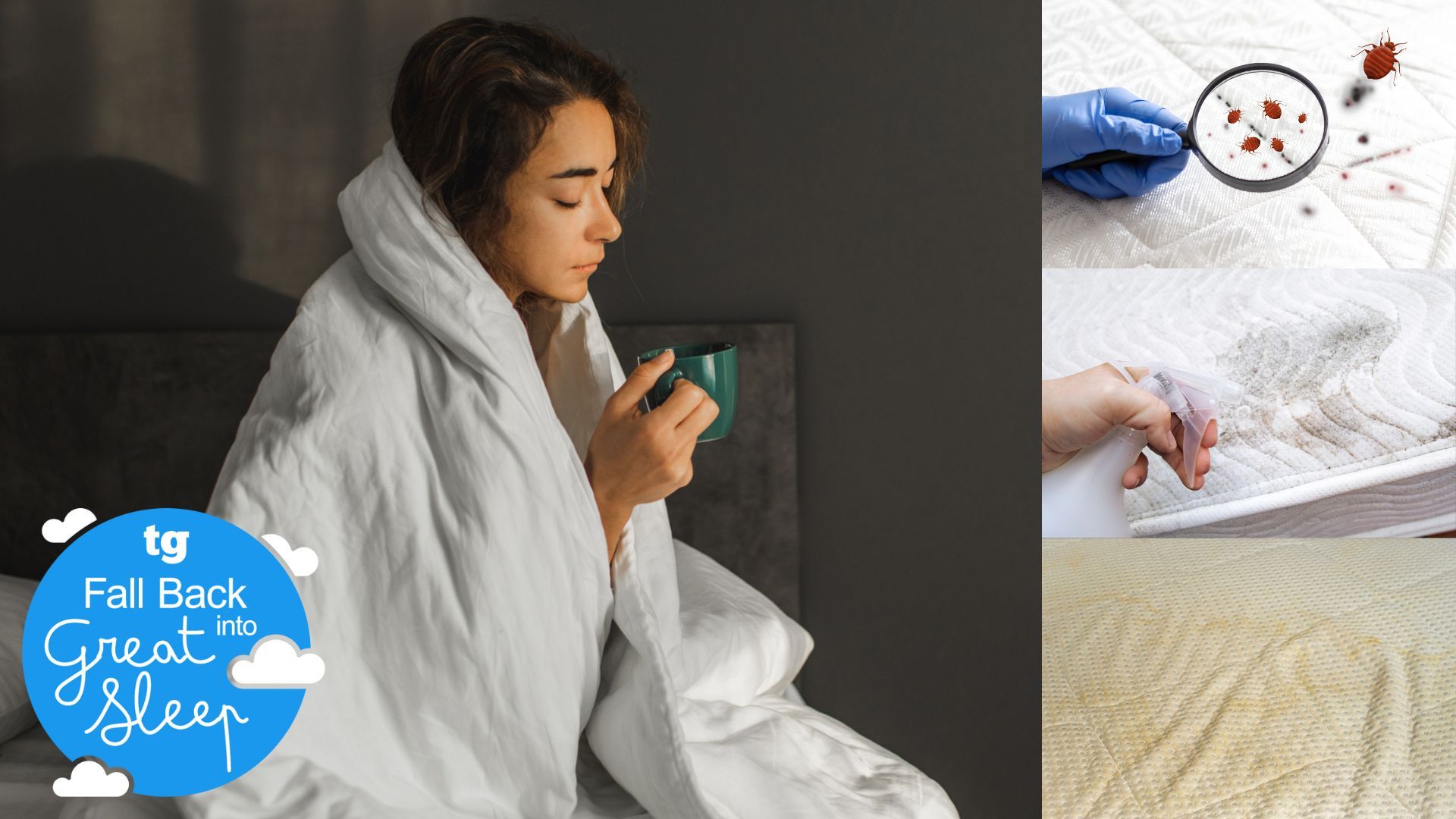As the temperatures start to fall and we spend more time indoors, our bedrooms can quietly become a hotspot for germs.
Between closed windows, central heating and long nights under heavy duvets, your mattress can be harbouring moisture, dust and bacteria without you even realising it.
Even washing your bedding often can’t completely stop sweat, skin cells and allergens from working their way into the fabric of your mattress. Over time, this can impact everything from your sleep quality, health and even the lifespan of your bed.
Even if you own one of the best mattresses, it won’t stay that way without proper care. So, for Fall Back into Great Sleep, we’re sharing some smart cleaning habits and some expert-backed tips to help you keep your sleep space fresh, healthy and germ-free all winter long.
Can your bed make you sick?
It may surprise you, but your mattress could be making you ill, especially in the colder months. All that warmth and humidity from heating, body heat and closed windows can turn your bed in to a haven for germs.
“Mattresses accumulate dust mites, bacteria, mould, sweat and dead skin cells over time,” says Dr. Olalekan Otulana, a GP at Cassiobury Court.
“This buildup can impact asthma and trigger allergic reactions as well as irritate skin conditions such as eczema. It can also lead to respiratory infections if mold is present,” he adds.
A mattress harbouring allergens or mold can lead to symptoms such as nasal congestion, coughing, wheezing and also itchy eyes, he adds.
“These symptoms disturb sleep cycles, leading to poor-quality rest and daytime fatigue. Chronic exposure may worsen asthma or sinus issues and disturbed sleep itself affects immune resilience and mental wellbeing.”
5 ways to banish winter germs from your mattress
The good news is that a cleaner, healthier bed doesn’t take much effort. With just a few regular tweaks to your daily routine, you can remove germs, dust and allergens before they cause any problems.
These expert-approved tips will help you keep your mattress fresh, protect your health and improve your overall sleep hygiene this winter.
1. Change your bedding once a week
Winter bedding feels extra cosy. It’s usually thicker and warmer and designed to make you want to stay in bed as long as possible. But that warmth, combined with sweat and dead skin cells, can fuel bacteria and dust mite growth.
Forgetting to wash sheets and pillowcases at least once a week means that bacteria can fester there
“The mattress is the biggest surface, but bedding and pillows harbour even more sweat and skin cells,” Dr. Blen Tesfu, physician and medical advisor at Welzo, explains.
“Forgetting to wash sheets and pillowcases at least once a week means that bacteria can fester there, near your face and airways.”
Washing and changing your bedding on a weekly basis can help remove these contaminants before they settle into your mattress.
Ideally wash your bedding, including sheets, pillowcases, and duvet covers at a temperature of at least 40ºC, although 60ºC is better to kill dust mites and germs. For extra freshness (and if the weather allows), air dry your bedding outside, as the UV rays from the sun will naturally kill bacteria.
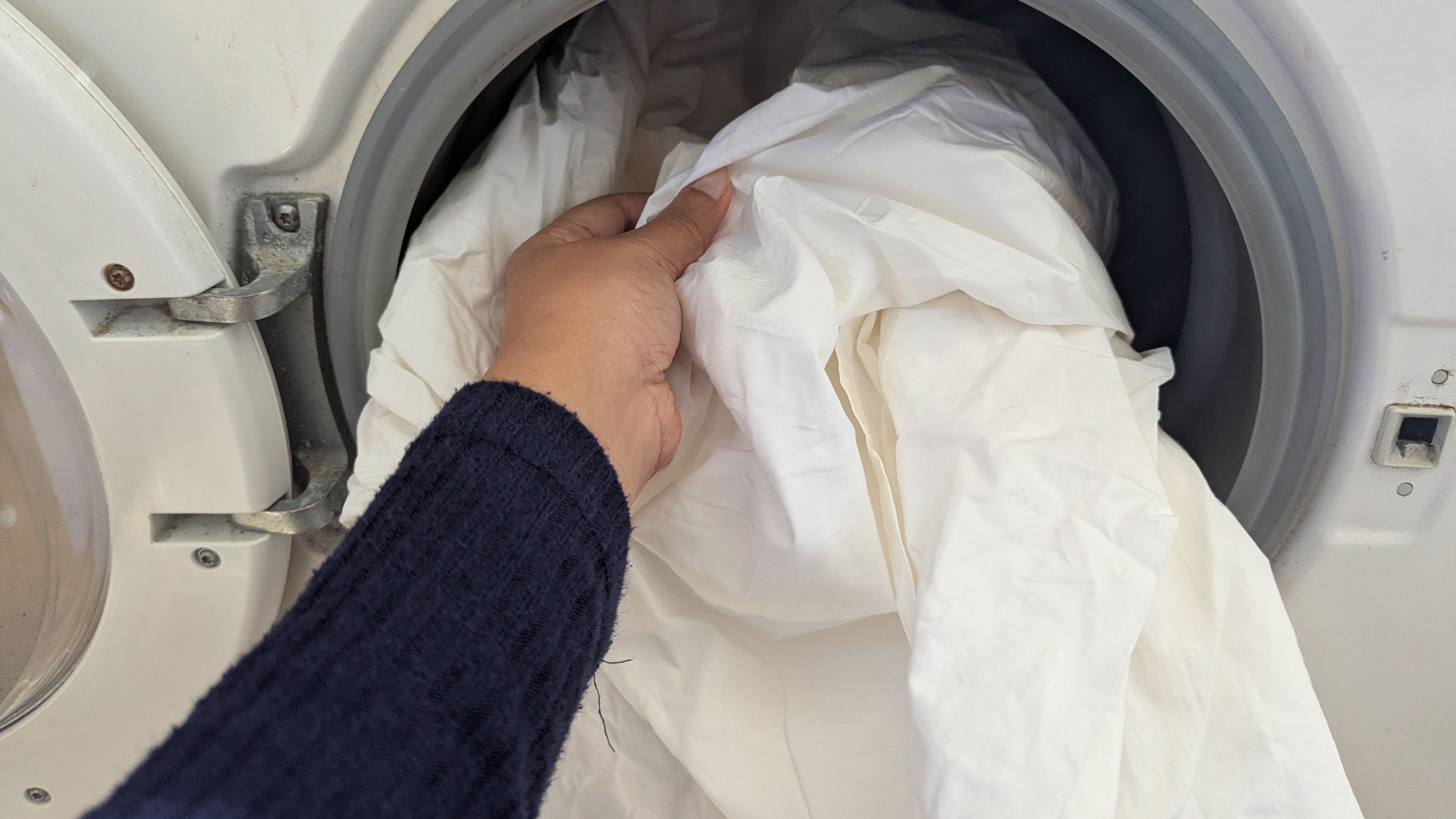
2. Vacuum your mattress
Vacuuming your mattress is one of the easiest ways to keep your bed clean and free from dust mites and their droppings.
Run your vacuum over the surface of your mattress when you change your sheets, but if you don’t have time to do that weekly, vacuuming your mattress just once a month will make a huge difference.
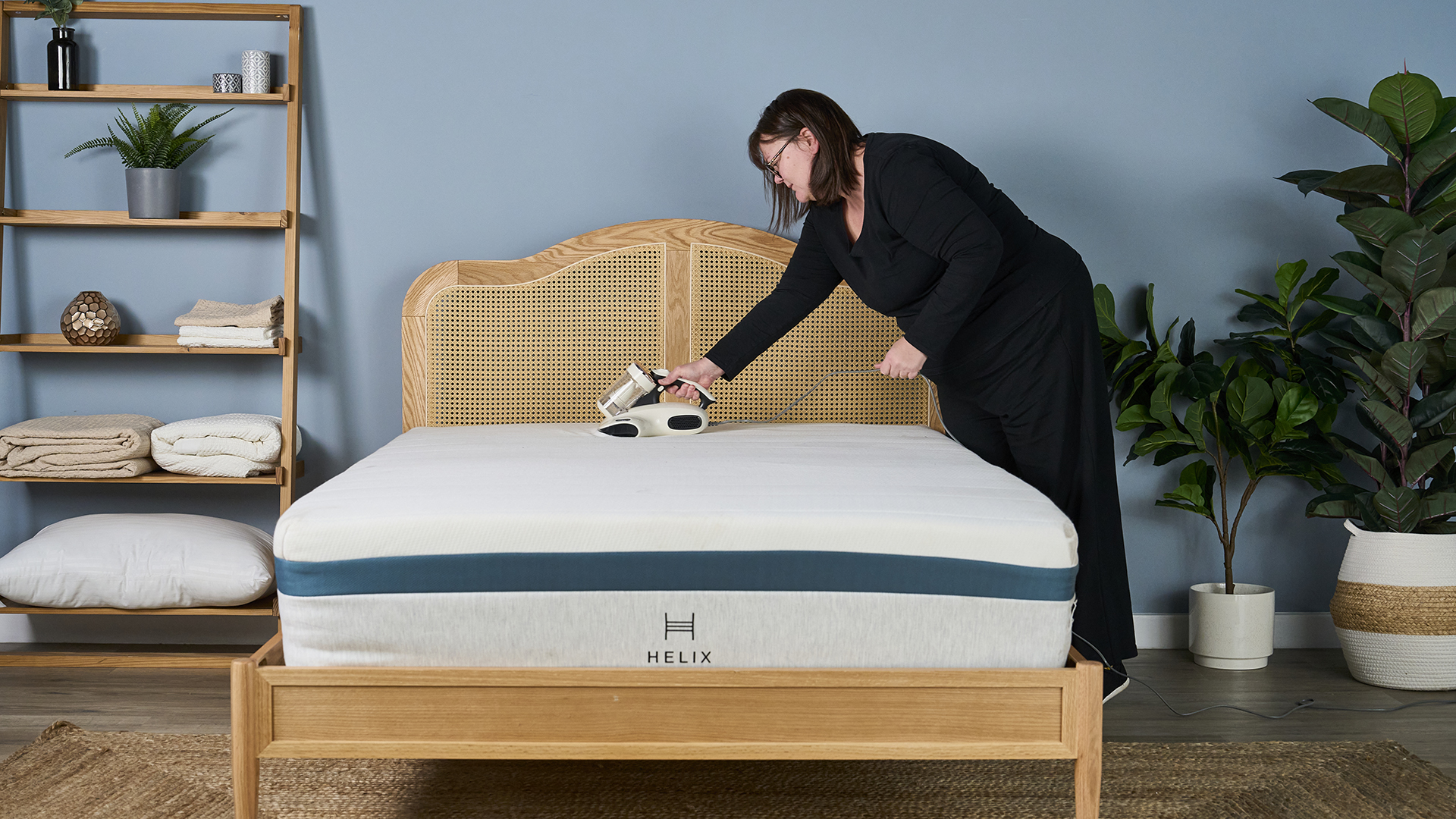
You don’t need a special vacuum, just grab your usual household vacuum and use the upholstery attachment, paying special attention to the seams and crevices.
If you want to add some extra freshness, then sprinkle a layer of baking soda over the surface and leave it for a couple of hours before vacuuming again. This will help to absorb odours and any excess moisture.
3. Use bedding made from natural materials
The type of bedding you use can have a big impact. Synthetic fabrics can trap heat and sweat, creating a warm, clammy environment where bacteria thrives. Instead, switch your bedding to natural, breathable materials like cotton, linen, or bamboo.
Bamboo bedding is one of the best options for preventing bacteria
“Bamboo bedding is one of the best options for preventing bacteria because of the natural antimicrobial and moisture-regulating properties of bamboo fibres,” Emma Morgan, founder of All About Sleep, advises.
She adds that, “bamboo contains a substance called ‘bamboo kun.'” which she explains is a natural bio-agent that helps bamboo resist pests and bacterial growth in the wild. The result is that, compared to cotton or synthetic fibres, bamboo bedding inhibits bacterial growth much more effectively.
It’s also hypoallergenic and resistant to dust mites and mold, which can both “irritate the skin and aggravate allergies. This makes it especially good for people with sensitive skin or allergies,” Morgan explains.
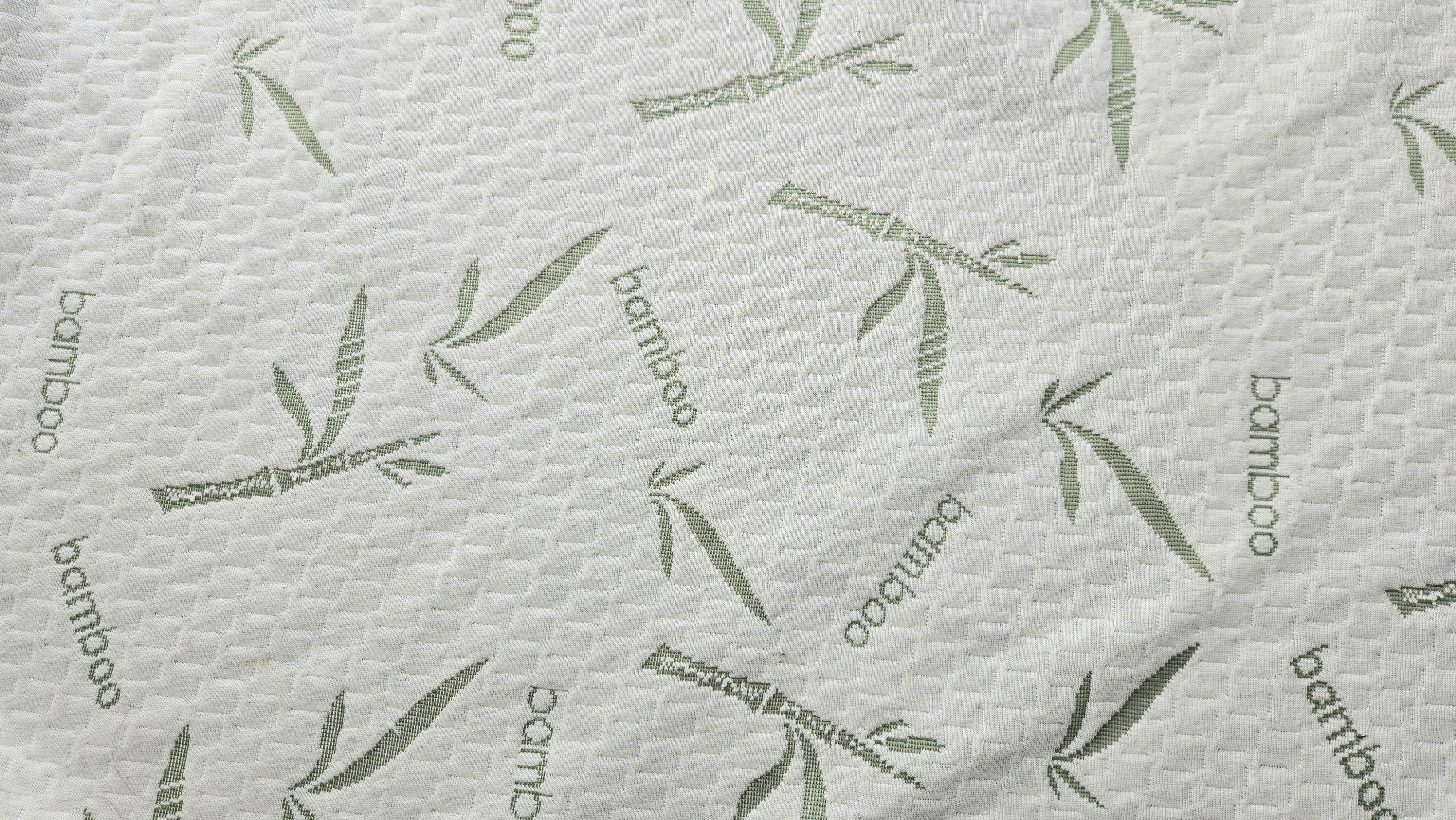
4. Use a hypoallergenic mattress protector
The best mattress protectors act as a barrier against sweat, dead skin, allergens and spills. These can cause stains and the yellowing of your mattress over time, which is usually a sign that bacteria is breeding.
A good quality mattress protector stops moisture and bacteria from reaching your mattress surface and makes cleaning easier, since you can simply remove and wash it.
“Breathable and natural fibres such as cotton or bamboo are ideal for bedding and protectors because they wick moisture away and allow ventilation,” Dr. Otulana explains.
“Hypoallergenic mattress protectors made from tightly woven fabrics also help prevent dust mite accumulation and are easy to wash.”
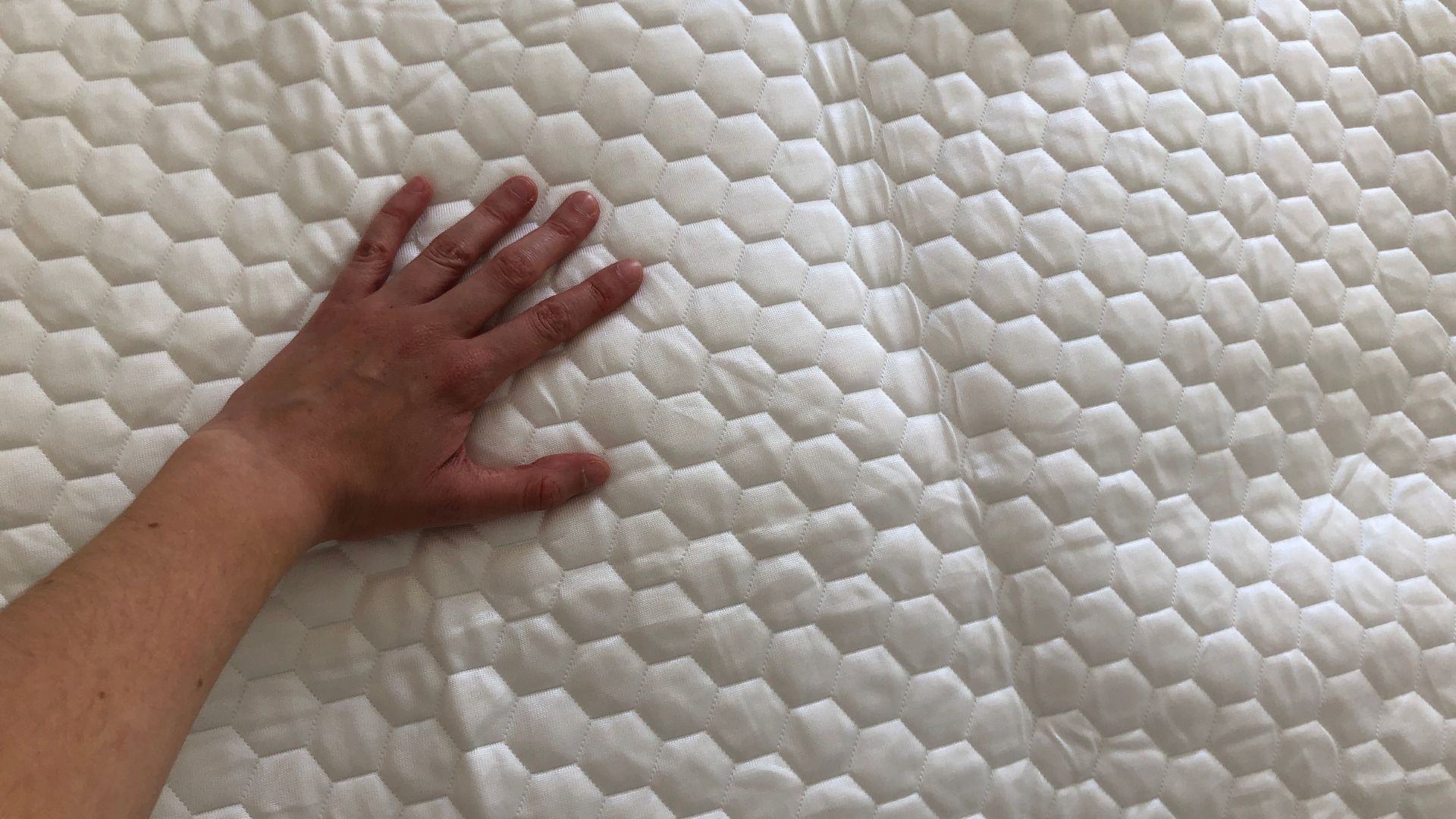
5. Treat stains and deep clean seasonally
While regular mattress maintenance throughout the year is important, giving your bed a deep clean every few months keeps your mattress fresher and more hygienic.
When to clean the items on your bed
- Deep clean your mattress every six months
- Wash pillows every three months
- Wash your bedding every week
“Deep clean your mattress every six months. Wash pillows every three months and consider replacing them every one to two years. Vacuuming your mattress at least once a month is sensible, but if you suffer from allergies consider doing it more often,” recommends Dr. Otulana.
It’s also really important to treat mattress stains as soon as you see them. To do this, mix equal parts white vinegar and water in a spray bottle.
Vacuum the surface of your mattress and then spritz your cleaning solution, blot the area of the stain with a paper towel or dry cloth, before sprinkling a layer of baking soda to absorb odours and excess moisture.
Leave it to sit for a few hours and then vacuum thoroughly. Be mindful not to saturate your mattress, as excess moisture can cause damp and mould.
If the stain is heavy or deep-set, you may need to repeat this more than once. You may also need to try a tougher cleaning solution, check out our homemade stain remover guide for more advice.
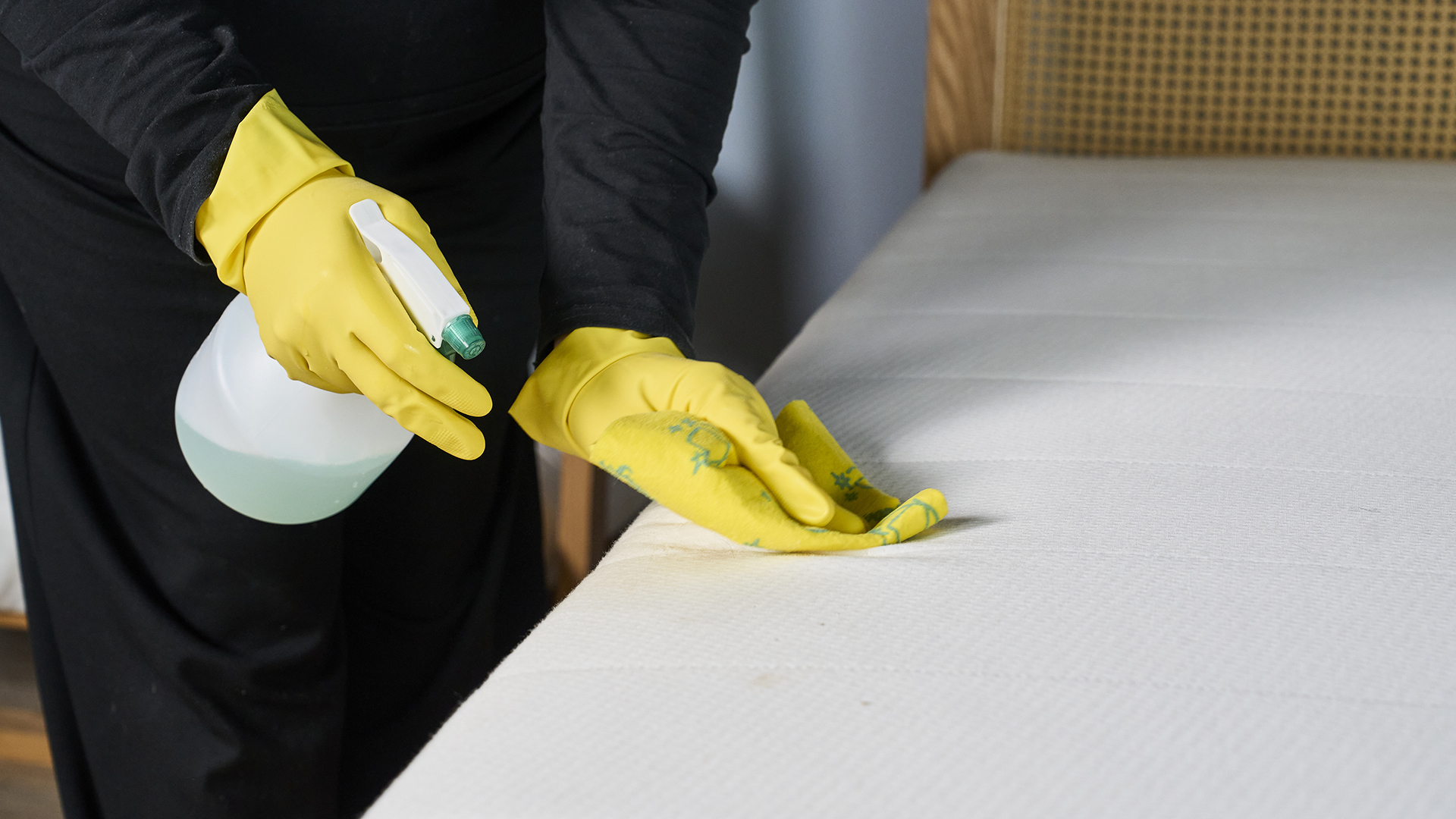
Our top sleep hygiene tips for your bedroom
Sleep hygiene is super important all year round. Maintaining good habits promotes better sleep quality and helps keep you healthy. Here are some quick tips that can help keep your bedroom healthy, germ-free and a perfect place to rest.
1. Don’t leave the heating on at night
It’s natural to have your heating on during the winter months, but for the best sleep, your room should cool as your body temperature needs to drop in order for you to fall asleep quickly and rest well through the night.
“A cool but cosy sleep environment (around 18–20°C) promotes deeper sleep,” Morgan advises.
Good sleep hygiene, she says, includes “using breathable bedding, layering blankets instead of overheating, and maintaining a steady room temperature, preventing night sweats or chills that can wake you up.”
2. Use temperature regulating bedding
Wool, cotton or bamboo bedding are naturally temperature-regulating, which will help you stay warm (without overheating) and comfortable, especially as the seasons change.
Wool in particular is a great choice as it wicks away moisture, keeping your bed dry and discouraging bacterial growth.
Maintaining a comfortable, less sweaty sleep environment further reduces bacterial and fungal build up
While bamboo fabric “naturally helps regulate temperature, keeping you cool in hot weather and warm in cold weather,” Morgan says. “Maintaining a comfortable, less sweaty sleep environment further reduces bacterial and fungal build up.”
And it’s not just about fabric choice, regular washing also plays a big part in keeping bacteria at bay.
“Use hypoallergenic pillow and mattress covers, which become a barrier to reduce contact with dust mites. The easiest way, if any such intervention really is easy: Wash your bedding in hot water once a week if you can,” Dr. Tesfu suggests.
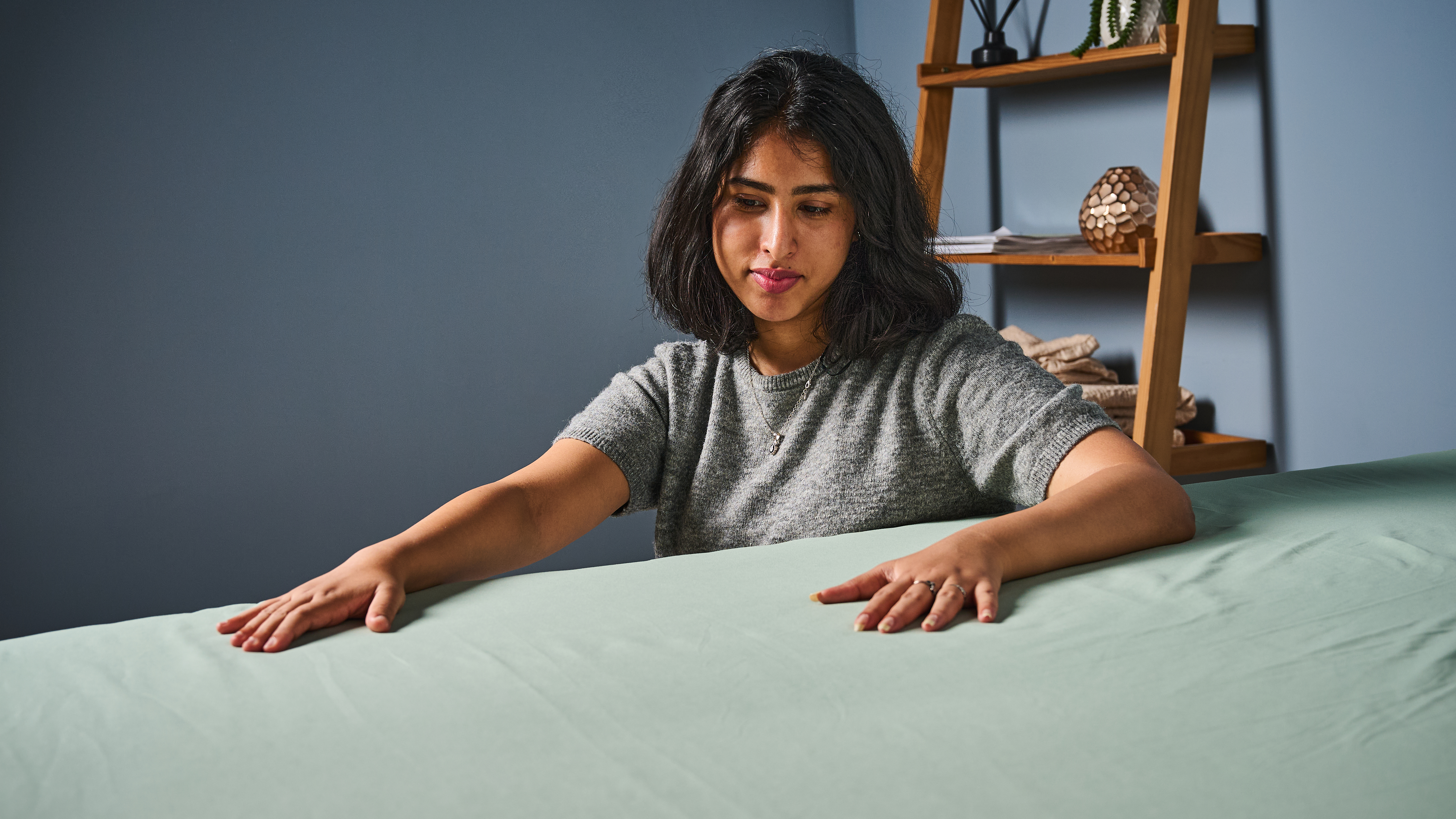
3. Keep your bedroom clean
You’ll sleep so much better when your bedroom is clean and uncluttered. It’s not just because you’ll enjoy the satisfaction of having a tidy bedroom, but cluttered spaces often mean more dust. And more dust can result in allergies.
Along with your mattress, vacuum rugs and carpets weekly, and keep all surfaces free from unnecessary items. A clutter-free, and therefore less dusty environment, especially when you’re trying to get some rest, really does make a huge difference.
While a healthy sleep environment can help the immune system by decreasing nightly contact with potential irritants, “individuals’ exposure to poor air quality and dust during sleep will give us a subtle burden, affecting the depth of sleep, causing lassitude or reduced resistance in seasonal changes,” explains Dr. Tesfu.
She adds, “That’s why maintaining a bedroom free of allergens is a preventive measure to stay well during the colder months.”

